


Notice: This is the official website of the All Empires History Community (Reg. 10 Feb 2002)
~ 1,000 Pics About Mongols ~ |
Post Reply 
|
Page <1234 5> |
| Author | |
lionmaster 
Knight 
Joined: 08-Jul-2010 Location: UK Online Status: Offline Posts: 95 |
 Quote Quote  Reply Reply
 Topic: ~ 1,000 Pics About Mongols ~ Topic: ~ 1,000 Pics About Mongols ~Posted: 10-Dec-2013 at 00:13 |
 However, the newly established Republic of China considered Mongolia to be part of its own territory. The Mongolian government said to Yuan Shikai, the President of the Republic of China "We established own state before you, the Mongols and Chinese have different origin, our languages and scripts are different. You're not the Manchu or Mongol's descents, so how can you think China is the Manchu's successor?". In 1919, Chinese troops led by Xu Shuzheng occupied Mongolia. However, as a result of the Russian Civil War, the White Russian Lieutenant General Baron Ungern led his troops into Mongolia in October 1920, defeating the Chinese forces in Niislel Khüree (Ulaanbaatar) in early February 1921. In order to eliminate the threat posed by Ungern, Bolshevik Russia decided to support the establishment of a communist Mongolian government and army. This Mongolian army took the Mongolian part of Kyakhta from Chinese forces on March 18, 1921, and on July 6 Russian and Mongolian troops arrived in Khüree. These events led to Mongolia's close alignment with the Soviet Union over the next seven decades. Edited by lionmaster - 10-Dec-2013 at 00:25 |
|
 |
|
lionmaster 
Knight 
Joined: 08-Jul-2010 Location: UK Online Status: Offline Posts: 95 |
 Quote Quote  Reply Reply
 Posted: 10-Dec-2013 at 00:41 Posted: 10-Dec-2013 at 00:41 |
|
The Firm Hero Magsarjav  Khatanbaatar Magsarjav (1877 - 1927), was a Mongolian general and a leading figure in Mongolia's struggle for independence. His contingent of elite 800 Mongol soldiers fought White Russians and Chinese forces over 30 times between 1912 and 1921, without a single defeat. He is often noted by historians as one of the Mongol figures of which both Russians and Chinese were afraid. He was an minister of the army in the 1920s. He received the additional title "Ardyn Khatanbaatar Magsarjav (People's firm hero Magsarjav)" in 1924. In 1911, Magsarjav was assigned to Khovd as Mongol military aide to the Manchu amban stationed there. After Mongolia's declaration of independence, Magsarjav transmitted the new government's demand for the ambans' removal. After the amban's refusal, Magsarjav returned to Niislel Khüree to report on the situation. In May 1912, he and Damdinsüren were appointed commander of the army and was dispatched to liberate Khovd. On the night of 20 August 1912, Khovd has been taken by the Mongolian army about 2,500 in number. Dambijantsan, Magsarjav, the Bargut commander Damdinsüren and Khaisan have led the operation. Before that, relief Manchu force sent in from Shar süm/ Xinjiang had been annihilated. For their success at Khovd, Damdinsüren received the title "Manlaibaatar (forefront hero)", while Magsarjav received the title "Khatanbaatar". In the spring of 1913, Magsarjav commanded troops defending the southern border against Chinese incursions near Jingpeng and Dolon Nur in Inner Mongolia . He was later awarded the Autonomous Mongolian government's "Shar Joloo" medal. In the years that followed, Magsarjav fought against forces under the Bavuujav, who was continually raiding eastern Mongolia. He was later sent to Mongolia's western border. In 1918, Magsarjav was awarded his own banner, which had been carved out his native Itgemjit banner. From March 1921, Magsarjav served as commander-in-chief of all Mongolian troops under Ungern von Sternberg's puppet government. He assisted Baron Ungern in recruiting Mongolian soldiers and participated in the Baron's operation expelling remaining Chinese troops from Mongolia. In May 1921, Magsarjav left the capital ostensibly to mobilize troops in Uliastai and western provinces to confront the expected invasion of Mongolian partisans (commanded by Sükhbaatar) and Red Army units. However, in July 1921, Magsarjav joined the Russian Reds and Mongolian revolutionaries with his troops. Later that month, Magsarjav's troops unexpectedly encircled and killed Ungern's Buryats and Russian contingents stationed near Uliastai, their commanders ran but were killed later. At night to July 22, under the pretext of destroying Whites, Uliastai was seized, and a considerable part of Russian settlers and refugees was killed. Magsarjav continued to fight remnants of Ungern's troops and other White Russian forces in Western Mongolia until mid-1922, He was then appointed Minister of the Western Frontier, and in December 1922, he became Minister of the Army. He was one of the first to refuse his feudal rank. In 1923 anti-revolutionary resistance groups (made up mostly of troops formally under Ungern command), sought Magsarjav's assistance. Magsarjav instead organized their seizure by the Ministry of Inner Affairs. In 1924, Magsarjav officially joined the Mongolian People's Party. Later that year, he was sent to Moscow on official business. In 1925, he became a candidate member of the People's Party's central committee. In 1926, Magsarjav became seriously ill and died on September 3, 1927. He is buried in a ger-shaped mausoleum in Bulgan town. Across Mongolia Magsarjav mobilized about 800 to 2,000 soldiers. Out of these, 400 of them were an Elite Commando called Khalkhyn Tsereg, meaning 'Khalkha's soldiers'. The Khalkhyn Tsereg were Magsarjav's most trusted contingent and entirely consisted of ethnic Khalha Mongol soldiers, recruits from various regions of Mongolia. This elite commando troops played a major role in most of the miliatary victories of Mongol army over its enemies whether they would be Chinese, Red Russians or White Russian Guards. It is said that he personally recruited each of the individuals in the elite commando and thus knew everyone by their place of origin. Though the actual geographic distribution is not well known, it is often speculated them coming mostly from today's Zawkhan, Tuv, Khuwsgul, Bulgan, Ömnögovi, Khovd, Arkhangai and Uvs provinces of modern Mongolia. After each fight or gathering, he would order his troops to gather back at the specific time and location for the next campaign. All of his elite troops would always obey his orders. From 1912 to 1921 Khatanbaatar led his troops and fought White Russians and Chinese more than 30 times. He defeated Chinese troops many times, later managed by ruse some White Russians (including well-known general Bakich). Small groups of the Whites were destroyed. At the same time, Magsarjav with his detachment of 400 men very carefully pursued big White troops retreating from western Mongolia to Xinjiang: he waited for weapon from the Reds, as well as reinforcements. Majority of the contingents of White Russians in the western Mongolia were defeated with and without support of Soviet Red Army, majority were receded to Xinjiang. Khatanbaatar's fame of bravery and success were broadly publicized during the time of pro-communist rule in Mongolia, while negative sides of his activity were concealed. Edited by lionmaster - 10-Dec-2013 at 00:43 |
|
 |
|
lionmaster 
Knight 
Joined: 08-Jul-2010 Location: UK Online Status: Offline Posts: 95 |
 Quote Quote  Reply Reply
 Posted: 10-Dec-2013 at 00:47 Posted: 10-Dec-2013 at 00:47 |
 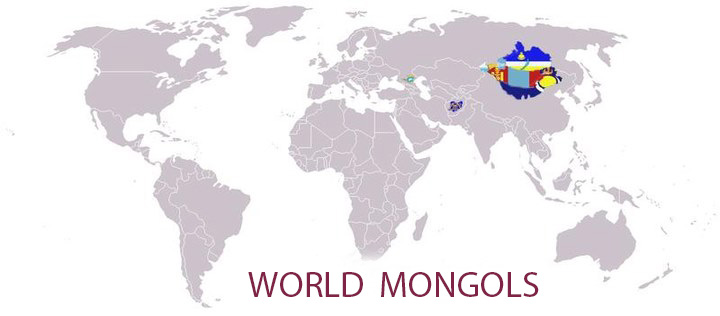 Edited by lionmaster - 14-Dec-2013 at 06:45 |
|
 |
|
lionmaster 
Knight 
Joined: 08-Jul-2010 Location: UK Online Status: Offline Posts: 95 |
 Quote Quote  Reply Reply
 Posted: 10-Dec-2013 at 05:52 Posted: 10-Dec-2013 at 05:52 |
|
Mongol Invasion of Japan (蒙古襲来) Edited by lionmaster - 10-Dec-2013 at 22:01 |
|
 |
|
lionmaster 
Knight 
Joined: 08-Jul-2010 Location: UK Online Status: Offline Posts: 95 |
 Quote Quote  Reply Reply
 Posted: 10-Dec-2013 at 21:36 Posted: 10-Dec-2013 at 21:36 |
|
1928 Soviet Movie "Storm Over Asia - Descendants of Chinggis Khaan" 2007 Russian movie "Mongols" 2010 Russian movie "By the Will of Genghis Khan" 2012 Russian movie "Golden Horde" Edited by lionmaster - 10-Dec-2013 at 21:49 |
|
 |
|
lionmaster 
Knight 
Joined: 08-Jul-2010 Location: UK Online Status: Offline Posts: 95 |
 Quote Quote  Reply Reply
 Posted: 10-Dec-2013 at 22:52 Posted: 10-Dec-2013 at 22:52 |
|
Jisun (or "jamah" in Persian) the traditional costume of Mongolian own meaning "one colour". It was only ever of a single colour and only ever to be worn on the occasion of an eponymous event, the jisun banquet. There were eleven grades of jisun robe, the highest being of nasji cloth, the second highest of velvet, the third of baoli– a textile with bands of woven or embroidered gold decoration, and the lowest of fengpi, which was probably a textile printed with gold. All these kinds of jisun robe, however, were to be accompanied by a hat decorated with gold dots.  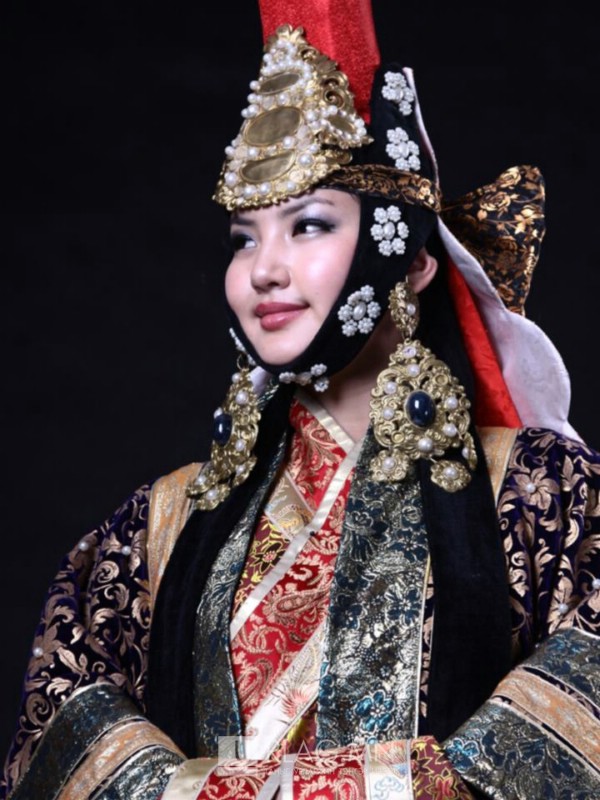 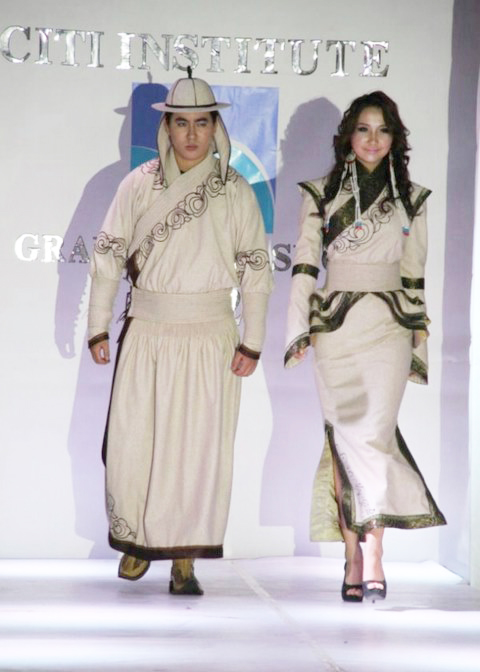 Edited by lionmaster - 10-Dec-2013 at 23:35 |
|
 |
|
lionmaster 
Knight 
Joined: 08-Jul-2010 Location: UK Online Status: Offline Posts: 95 |
 Quote Quote  Reply Reply
 Posted: 10-Dec-2013 at 23:34 Posted: 10-Dec-2013 at 23:34 |
|
The morden Mongolian costume is named "deel", deel is an item of traditional clothing commonly worn since the Later Yuan period (Northern Yuan) among the Mongol/Turkic people, and can be made from cotton, silk, wool, or brocade. The deel is still commonly worn by both men and women outside major towns, especially by herders. In urban areas, deels are mostly only worn by elderly people, or on festive occasions. Deels typically reach to below the wearer's knees and fan out at the bottom and are commonly blue, olive, or burgundy, though there are deels in a variety of other colors.   Edited by lionmaster - 10-Dec-2013 at 23:39 |
|
 |
|
lionmaster 
Knight 
Joined: 08-Jul-2010 Location: UK Online Status: Offline Posts: 95 |
 Quote Quote  Reply Reply
 Posted: 11-Dec-2013 at 00:12 Posted: 11-Dec-2013 at 00:12 |
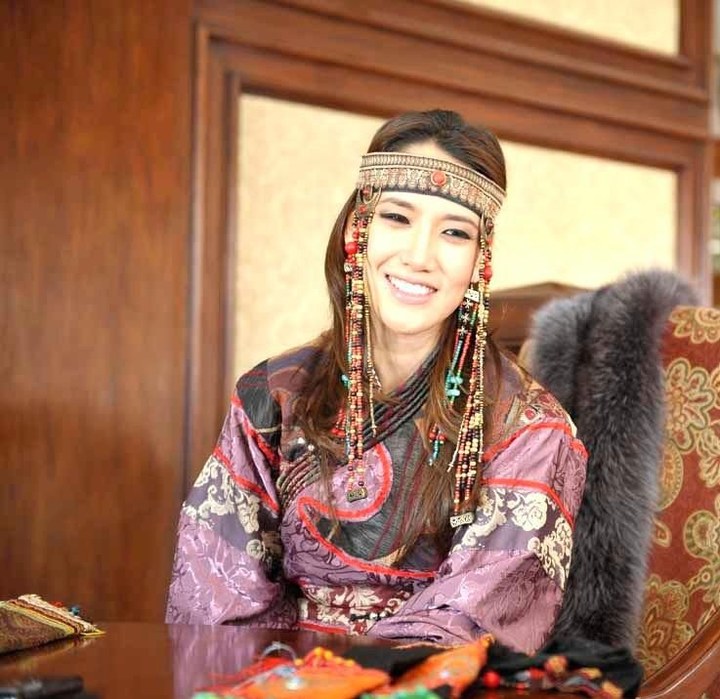  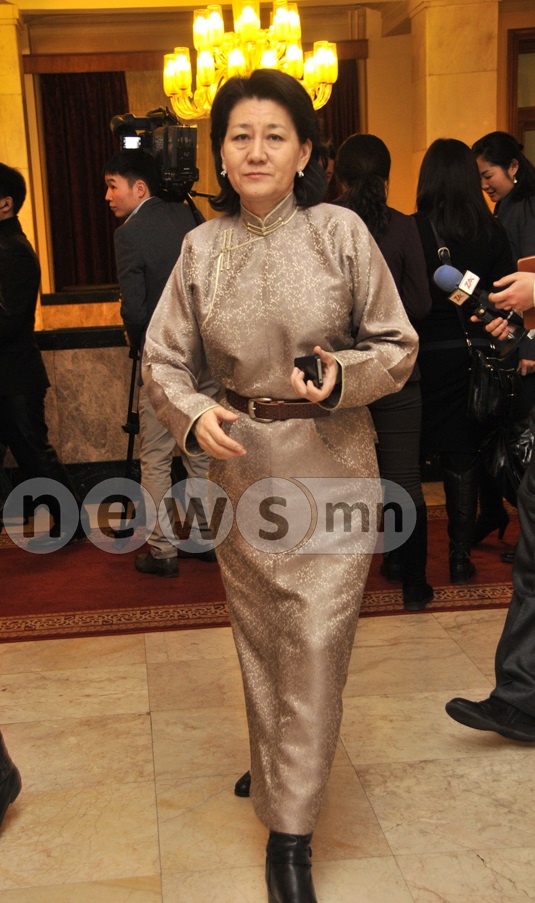 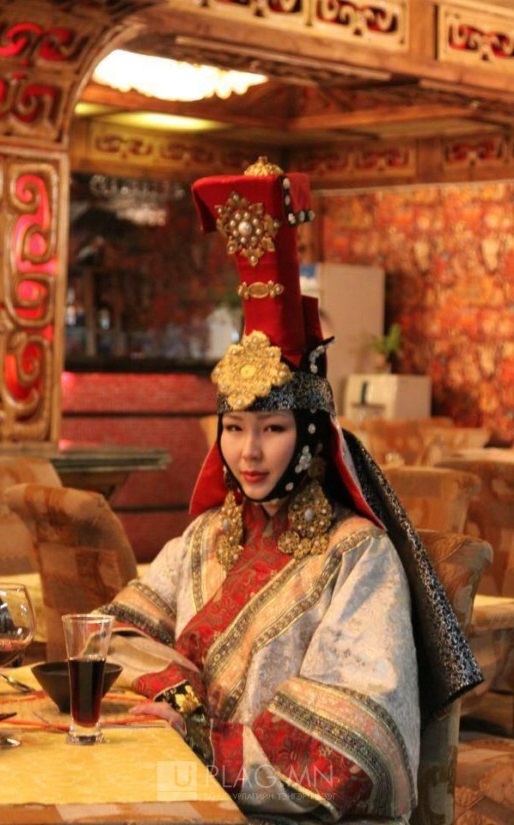   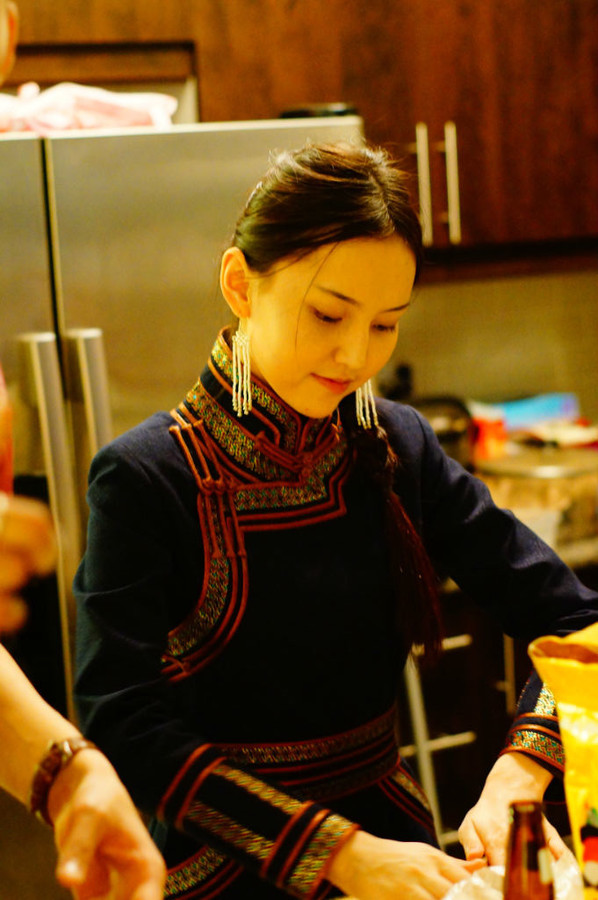      Edited by lionmaster - 11-Dec-2013 at 00:23 |
|
 |
|
lionmaster 
Knight 
Joined: 08-Jul-2010 Location: UK Online Status: Offline Posts: 95 |
 Quote Quote  Reply Reply
 Posted: 11-Dec-2013 at 00:28 Posted: 11-Dec-2013 at 00:28 |
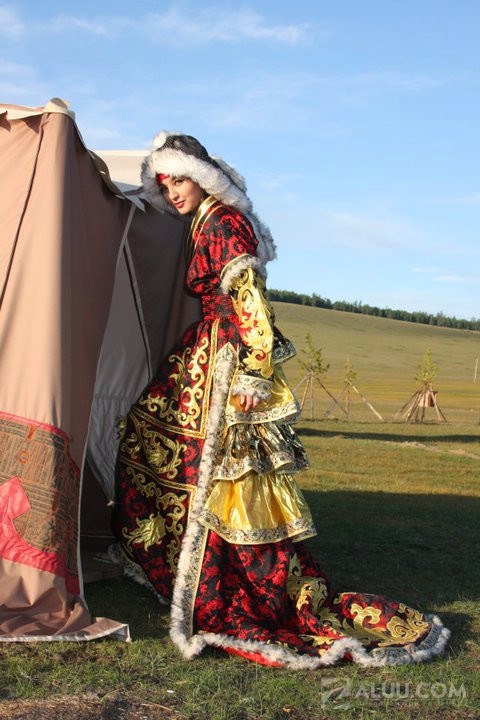       Edited by lionmaster - 11-Dec-2013 at 00:33 |
|
 |
|
lionmaster 
Knight 
Joined: 08-Jul-2010 Location: UK Online Status: Offline Posts: 95 |
 Quote Quote  Reply Reply
 Posted: 11-Dec-2013 at 00:41 Posted: 11-Dec-2013 at 00:41 |

     Edited by lionmaster - 11-Dec-2013 at 00:58 |
|
 |
|
lionmaster 
Knight 
Joined: 08-Jul-2010 Location: UK Online Status: Offline Posts: 95 |
 Quote Quote  Reply Reply
 Posted: 11-Dec-2013 at 00:55 Posted: 11-Dec-2013 at 00:55 |

   ' '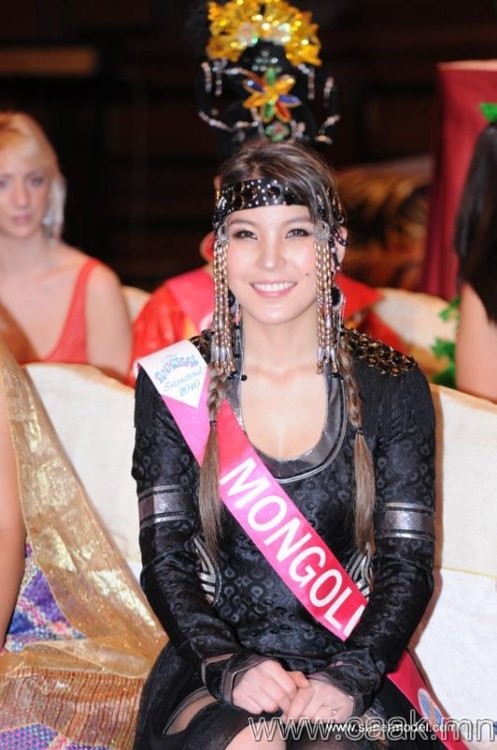   Edited by lionmaster - 11-Dec-2013 at 01:13 |
|
 |
|
lionmaster 
Knight 
Joined: 08-Jul-2010 Location: UK Online Status: Offline Posts: 95 |
 Quote Quote  Reply Reply
 Posted: 11-Dec-2013 at 03:21 Posted: 11-Dec-2013 at 03:21 |
|
In the Yuan Empire, the Jurchens who lived in Manchuria adopted Mongolian culture including costume. Later when the Manchu ruled China during the Qing Empire, certain social strata emerged. Among them were the Banners (旗), mostly Manchu, who as a group were called Banner People (旗人). Manchu women typically wore a one-piece dress that retrospectively came to be known as the qipao magua (旗袍 马褂, Manchu: sijigiyan or banner gown). The generic term for both the male and the female forms of Manchu dress, essentially similar garments, was chángpáo (长袍). the Manchu costume, Qipao magua (was heavily influenced by Mongolian deel)  Under the dynastic laws (the Queue Order, 剃发易服) after 1645, all Chinese were forced to wear a queue as did all Manchu men and dress in Manchurian qipao instead of traditional Chinese clothing, under penalty of death. Qing Empire forced all adult Chinese men to shave the front of their heads and comb the remaining hair into a queue, on pain of death. Until 1911, the changpao was required clothing for Chinese men of a certain class, but Chinese women continued to wear loose jacket and trousers, with an overskirt for formal occasions. The qipao was a new fashion item for Chinese women when they started wearing it around 1925. the original Chinese costume, Hanfu (汉服)  the former Chinese president Jiang Ze Min in Chinese traditional costume. (today's Chinese traditional costume has nothing similar with Hanfu, it was heavily influenced by the nomads after the Manchu conquest of China).  Edited by lionmaster - 11-Dec-2013 at 19:47 |
|
 |
|
lionmaster 
Knight 
Joined: 08-Jul-2010 Location: UK Online Status: Offline Posts: 95 |
 Quote Quote  Reply Reply
 Posted: 11-Dec-2013 at 19:40 Posted: 11-Dec-2013 at 19:40 |
|
Stalin in Mongolian deel  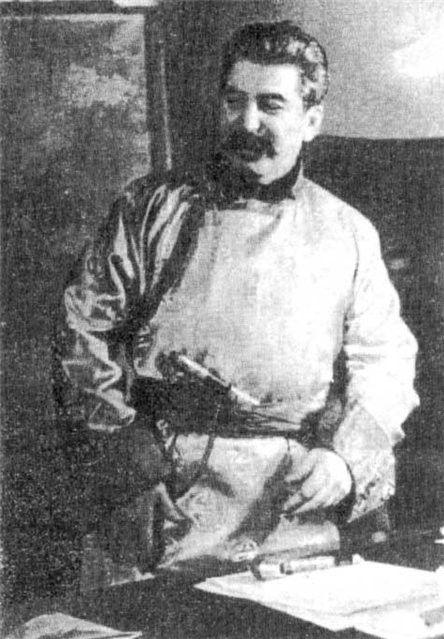  |
|
 |
|
lionmaster 
Knight 
Joined: 08-Jul-2010 Location: UK Online Status: Offline Posts: 95 |
 Quote Quote  Reply Reply
 Posted: 11-Dec-2013 at 19:55 Posted: 11-Dec-2013 at 19:55 |
|
The Mongols from Northern Caucasus Asud, were a guard and military group of Alani origin. The Mongol clan Asud is the plural of As, the Arabic name for the Alans. Their original religin was eastern Orthodox. After the Mongol invasion of Rus, many Alans submitted to the Mongol Empire. Some of them resisted the Golden Horde longer. Many warriors moved from Northern Caucasia to Mongolia. It is also claimed that they helped their new masters to fight against the Circassians and that they participated in the Mongol invasion of Europe. Under the rule of Möngke Khan, many were brought east to fight against the Chinese Song Dynasty and Nanchao in Yunnan in 1258-1259. The Alan imperial guard was divided into two corps with headquarters in Karakorum. After the coronation of Kublai Khan, those Alans participated in the campaign against Ariq Böke and later Qaidu under the Yuan Empire. Kublai Khan organized them into the Jasin guard (Alan guard) of 3,000 soldiers around 1271. The Alani guard reached its peak during the reign of Tugh Temür and their number expanded to 30,000. They remained influential in Mongolia until the 15th century, when the Oirat Mongols ruled Mongolia. During the 15-16th centuries, they formed part of the Yungshebiyu tumen in southern Mongolia. Today, there are few people with the clan name Asud in Aru Khorchin banner. The Soviet leader Joseph Stalin was a noble person of (Georgian born) Alani origin.  Edited by lionmaster - 11-Dec-2013 at 20:16 |
|
 |
|
lionmaster 
Knight 
Joined: 08-Jul-2010 Location: UK Online Status: Offline Posts: 95 |
 Quote Quote  Reply Reply
 Posted: 11-Dec-2013 at 21:59 Posted: 11-Dec-2013 at 21:59 |
|
Mongolia, from 1911 to 1980  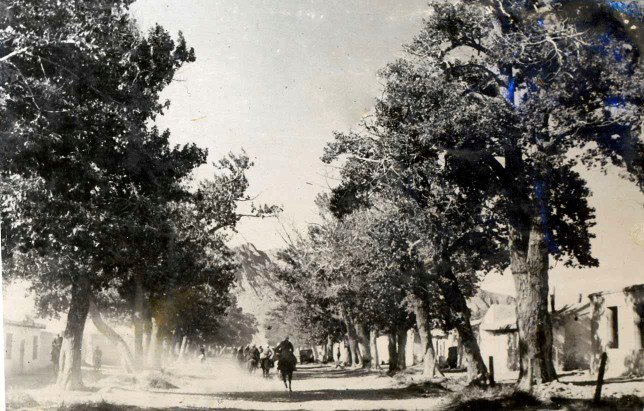  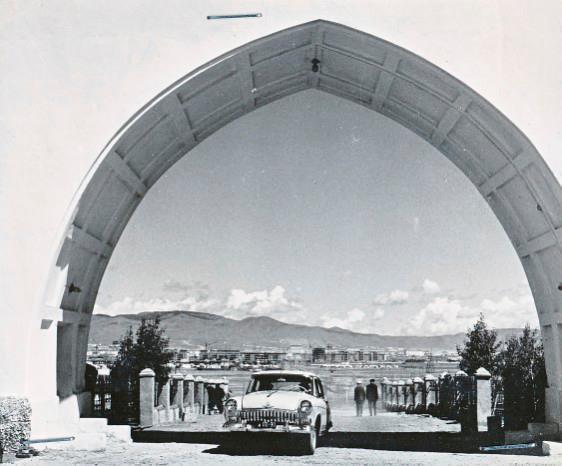      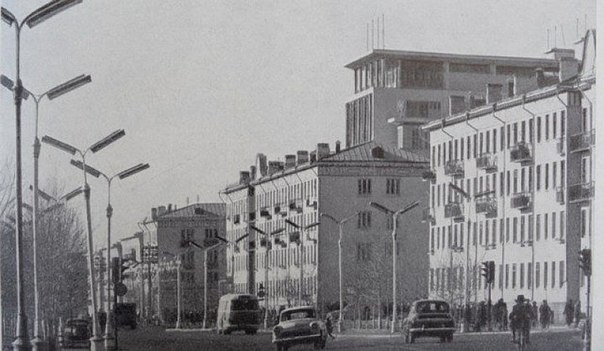 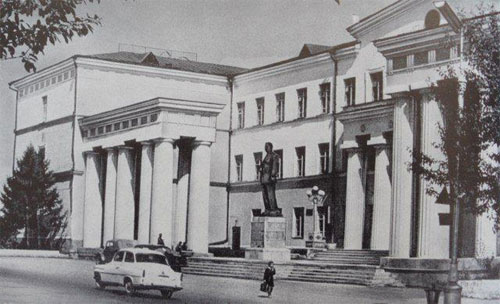 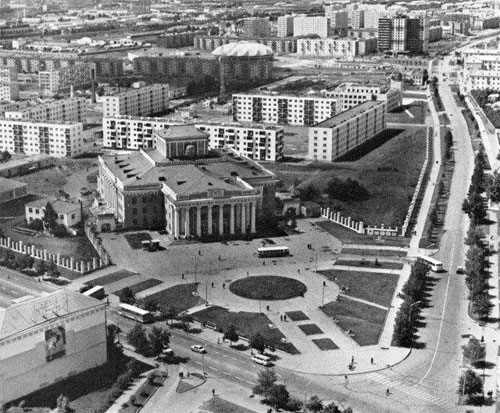     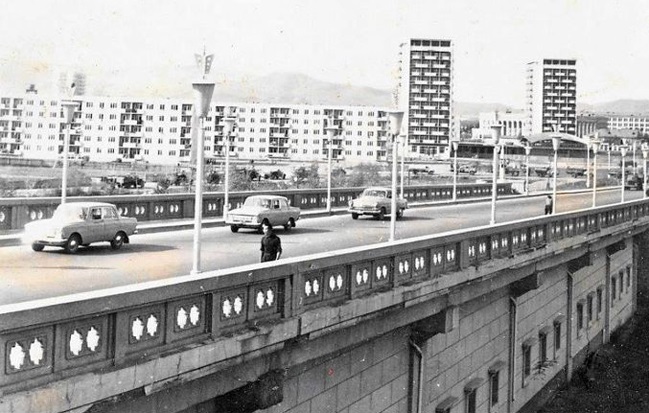   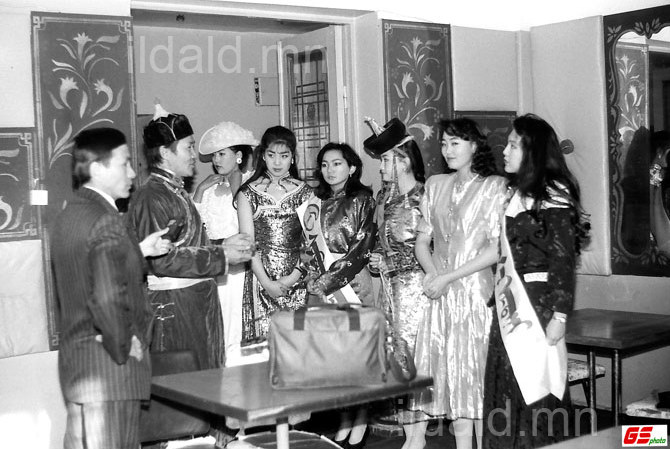 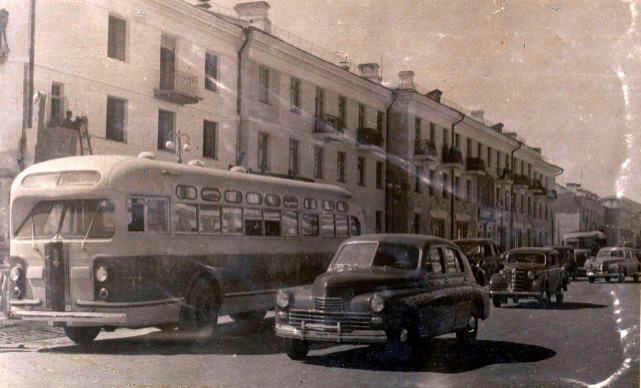 Edited by lionmaster - 11-Dec-2013 at 22:15 |
|
 |
|
lionmaster 
Knight 
Joined: 08-Jul-2010 Location: UK Online Status: Offline Posts: 95 |
 Quote Quote  Reply Reply
 Posted: 11-Dec-2013 at 22:01 Posted: 11-Dec-2013 at 22:01 |
|
Mongolian cavalry charge during the Battle of Khalkhyn Gol, 1936. 
Edited by lionmaster - 11-Dec-2013 at 22:20 |
|
 |
|
lionmaster 
Knight 
Joined: 08-Jul-2010 Location: UK Online Status: Offline Posts: 95 |
 Quote Quote  Reply Reply
 Posted: 11-Dec-2013 at 22:05 Posted: 11-Dec-2013 at 22:05 |
|
Soviet communist leader Leonid Brezhnev and Mongolian communist leader Yumjaagiin Tsedenbal. 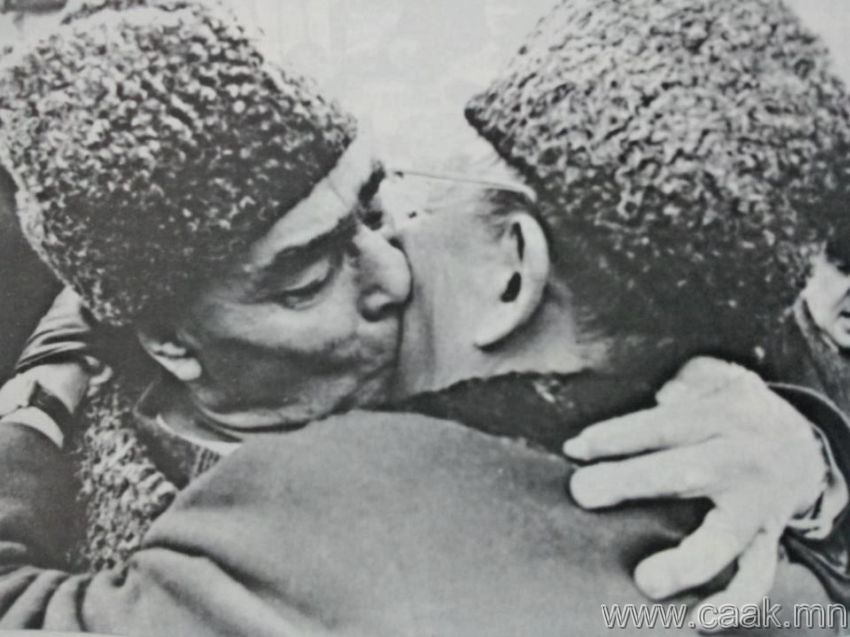 |
|
 |
|
lionmaster 
Knight 
Joined: 08-Jul-2010 Location: UK Online Status: Offline Posts: 95 |
 Quote Quote  Reply Reply
 Posted: 11-Dec-2013 at 22:13 Posted: 11-Dec-2013 at 22:13 |

   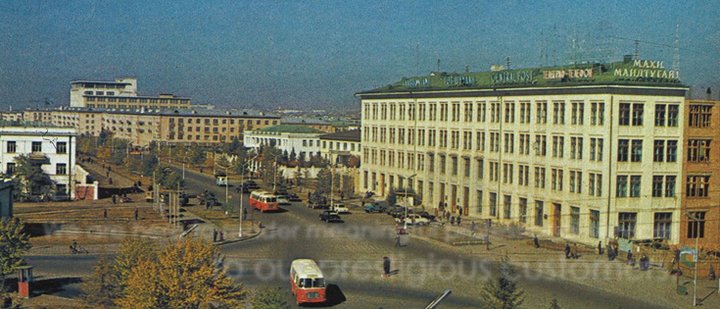  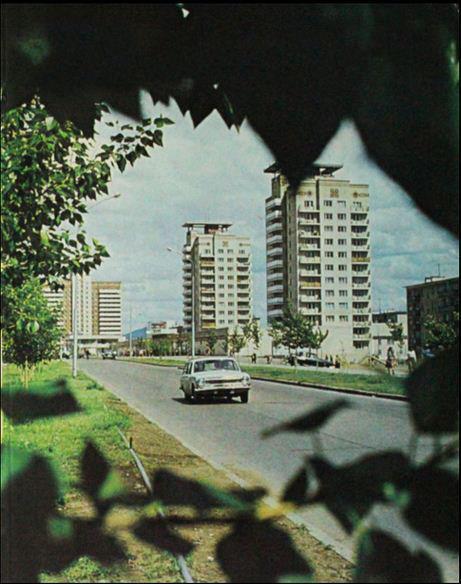 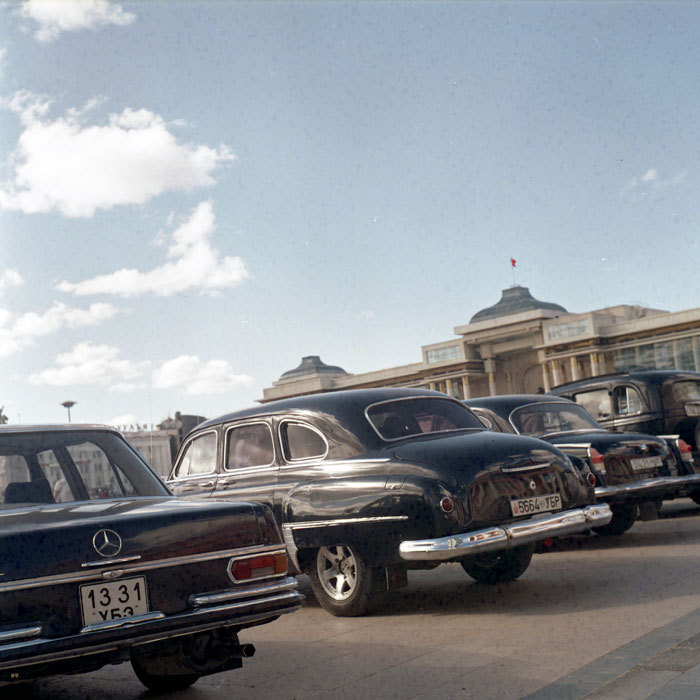  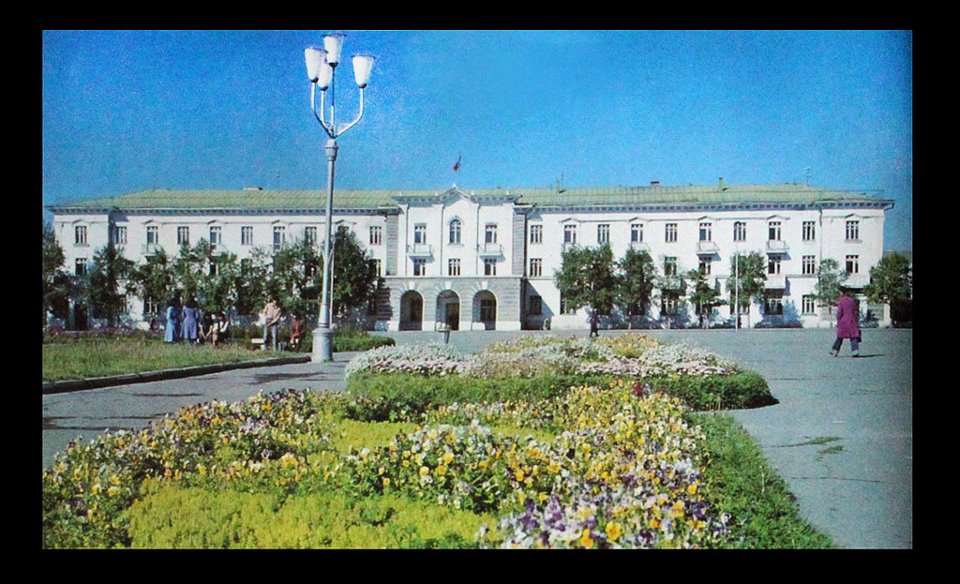   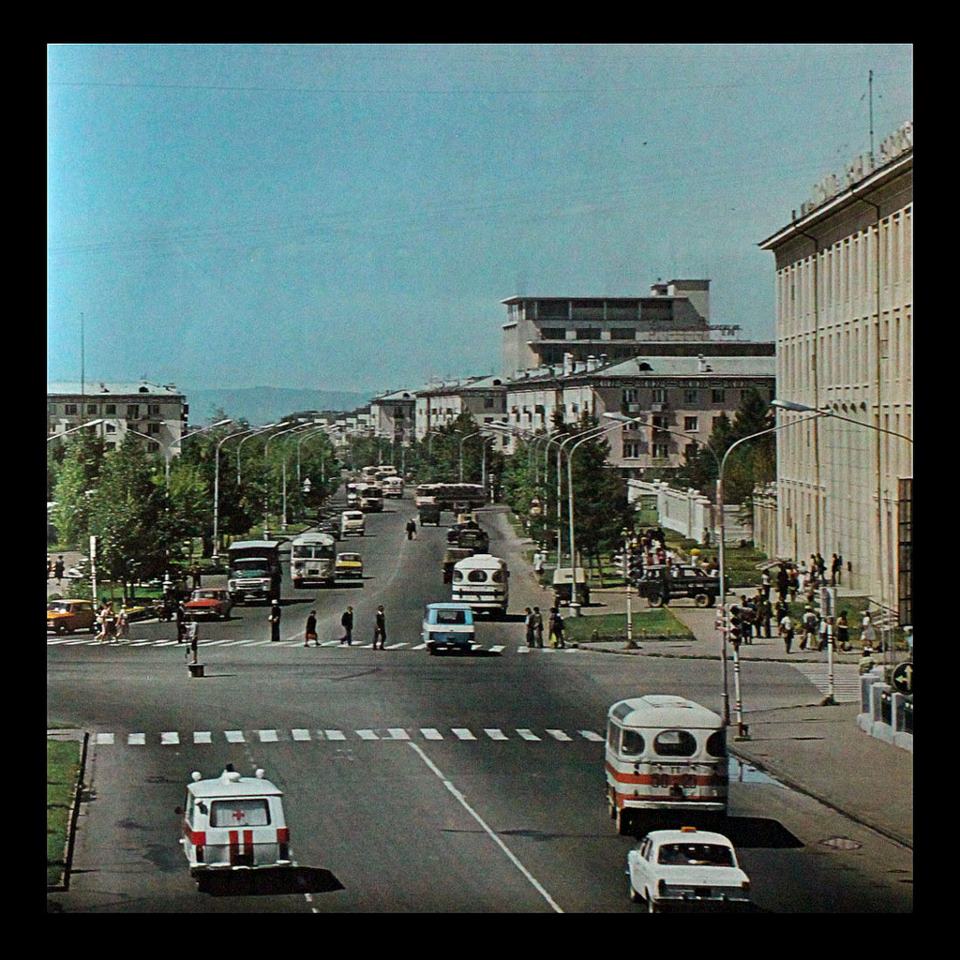 Edited by lionmaster - 11-Dec-2013 at 22:18 |
|
 |
|
lionmaster 
Knight 
Joined: 08-Jul-2010 Location: UK Online Status: Offline Posts: 95 |
 Quote Quote  Reply Reply
 Posted: 12-Dec-2013 at 15:51 Posted: 12-Dec-2013 at 15:51 |
 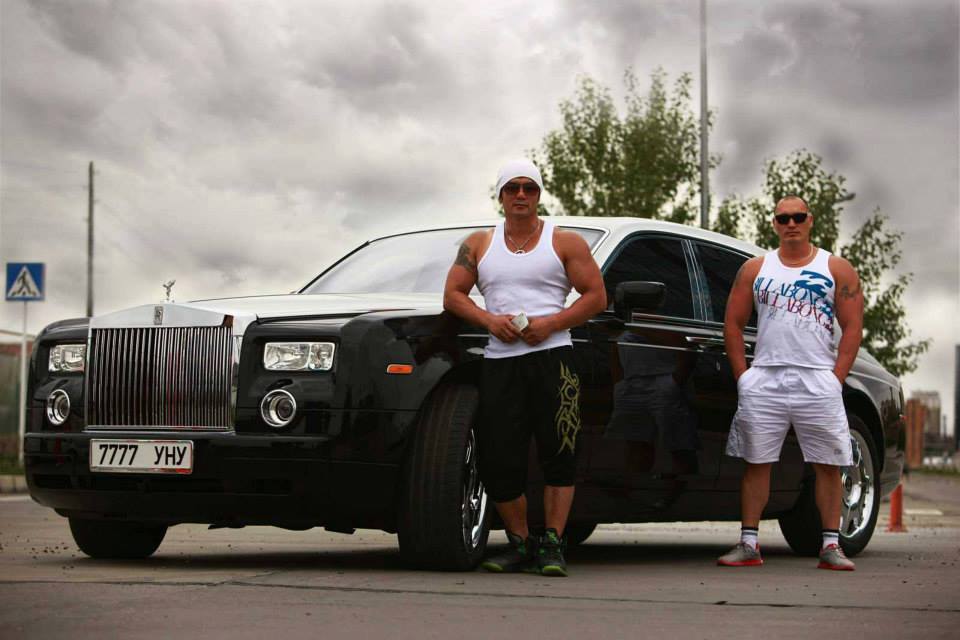   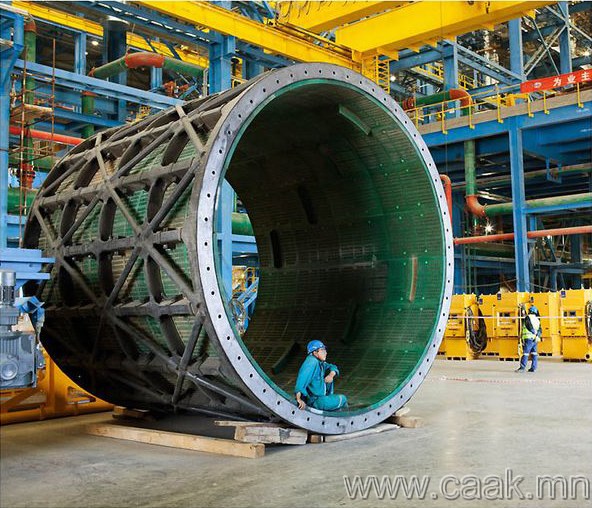   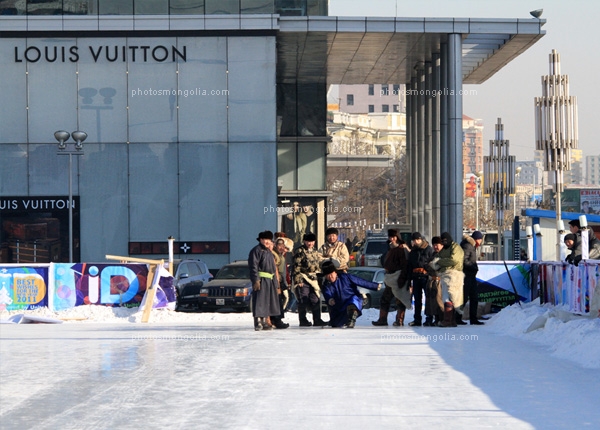    Edited by lionmaster - 12-Dec-2013 at 15:55 |
|
 |
|
lionmaster 
Knight 
Joined: 08-Jul-2010 Location: UK Online Status: Offline Posts: 95 |
 Quote Quote  Reply Reply
 Posted: 12-Dec-2013 at 16:00 Posted: 12-Dec-2013 at 16:00 |
      Edited by lionmaster - 12-Dec-2013 at 16:35 |
|
 |
|
Post Reply 
|
Page <1234 5> |
| Forum Jump | Forum Permissions  You cannot post new topics in this forum You cannot reply to topics in this forum You cannot delete your posts in this forum You cannot edit your posts in this forum You cannot create polls in this forum You cannot vote in polls in this forum |
Bulletin Board Software by Web Wiz Forums® version 9.56a [Free Express Edition]
Copyright ©2001-2009 Web Wiz
This page was generated in 0.094 seconds.
Copyright ©2001-2009 Web Wiz
This page was generated in 0.094 seconds.











 Printable Version
Printable Version Google
Google Delicious
Delicious Digg
Digg StumbleUpon
StumbleUpon Windows Live
Windows Live Yahoo Bookmarks
Yahoo Bookmarks reddit
reddit Facebook
Facebook MySpace
MySpace Newsvine
Newsvine Furl
Furl Topic Options
Topic Options